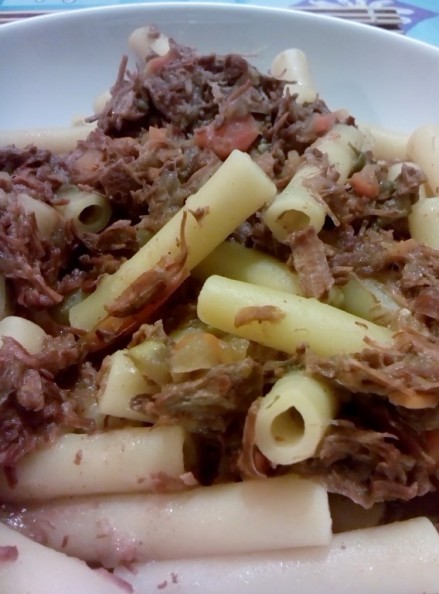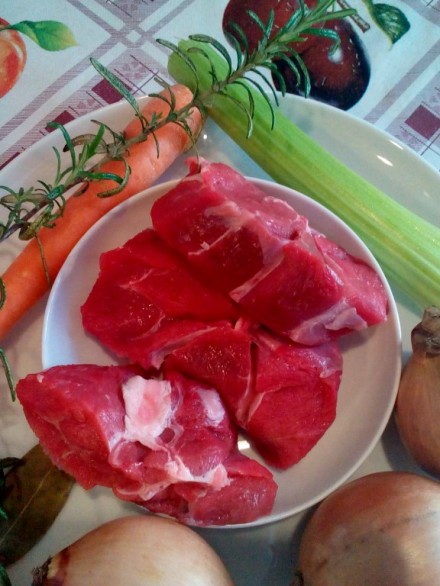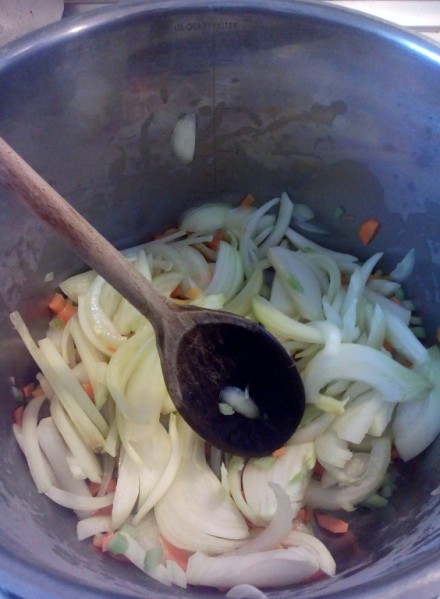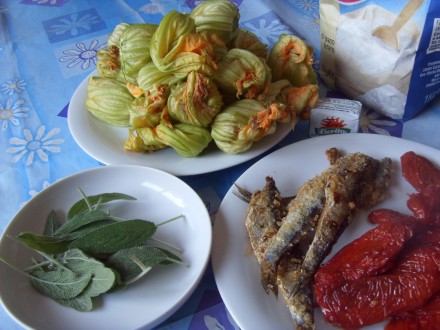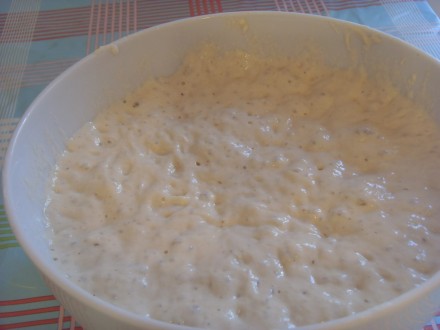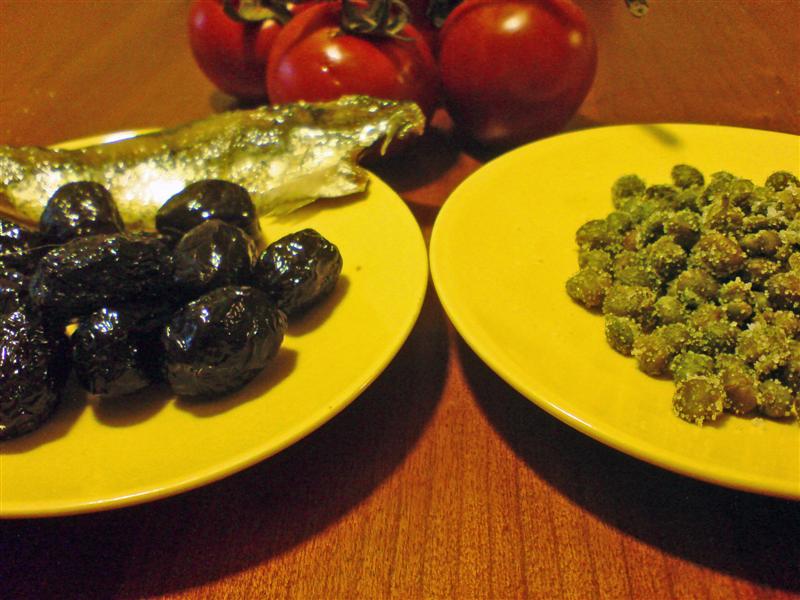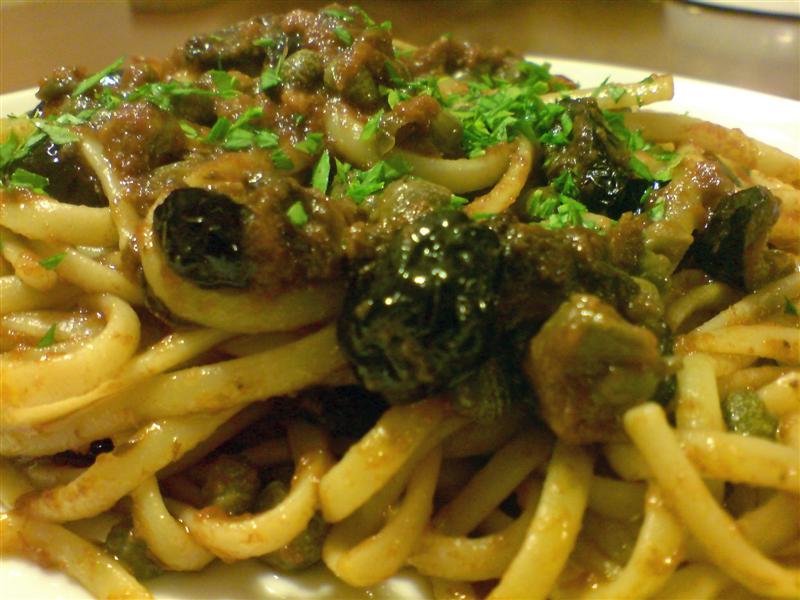 This dish, paradoxically, is from Naples. It is a bit of an institution there. Many families cook it for Sunday lunch. It is a type of “white” ragù, that is it is cooked for a long time without tomatoes. It will taste even better if you make it the day before, and heat it up before serving. It is usually served with ziti, broken in half, but any tubular pasta, such as penne or rigatoni will do. Some versions cook the beef as a whole piece, and serve the meat as the main course, but this recipe cooks it until it breaks down into the sauce.
This dish, paradoxically, is from Naples. It is a bit of an institution there. Many families cook it for Sunday lunch. It is a type of “white” ragù, that is it is cooked for a long time without tomatoes. It will taste even better if you make it the day before, and heat it up before serving. It is usually served with ziti, broken in half, but any tubular pasta, such as penne or rigatoni will do. Some versions cook the beef as a whole piece, and serve the meat as the main course, but this recipe cooks it until it breaks down into the sauce.
The origins of the name are a bit of a mystery. Some say it was first prepared in the port of Naples, where it was popular with sailors from Genoa. Others say it is a dish originally prepared by cooks from Genoa.
- 500 g beef (topside or rump)
- 450 g onions
- 60 g celery
- 60 g carrots
- 1 sprig rosemary
- 1 bay leaf
- 1 litre beef stock
Finely chop the carrots and celery and thinly slice the onions.
Chop the beef into large cubes.
Saute the carrot and celery for a few minutes in a pan big enough to take all the beef.
When they have taken some colour, turn down the heat and add the onions. Stir With a wooden spoon until the onions have softened.
Add the beef, rosemary and bay leaf. Cook over a very low heat for at least 3 hours. Check every half and hour or so, and add a little stock if it starts to get dry.
After 3 hours add the rest of the stock and continue cooking until the beef has completely disintegrated and the sauce is thick and tasty.
Serve with ziti, snapped in half before cooking.

